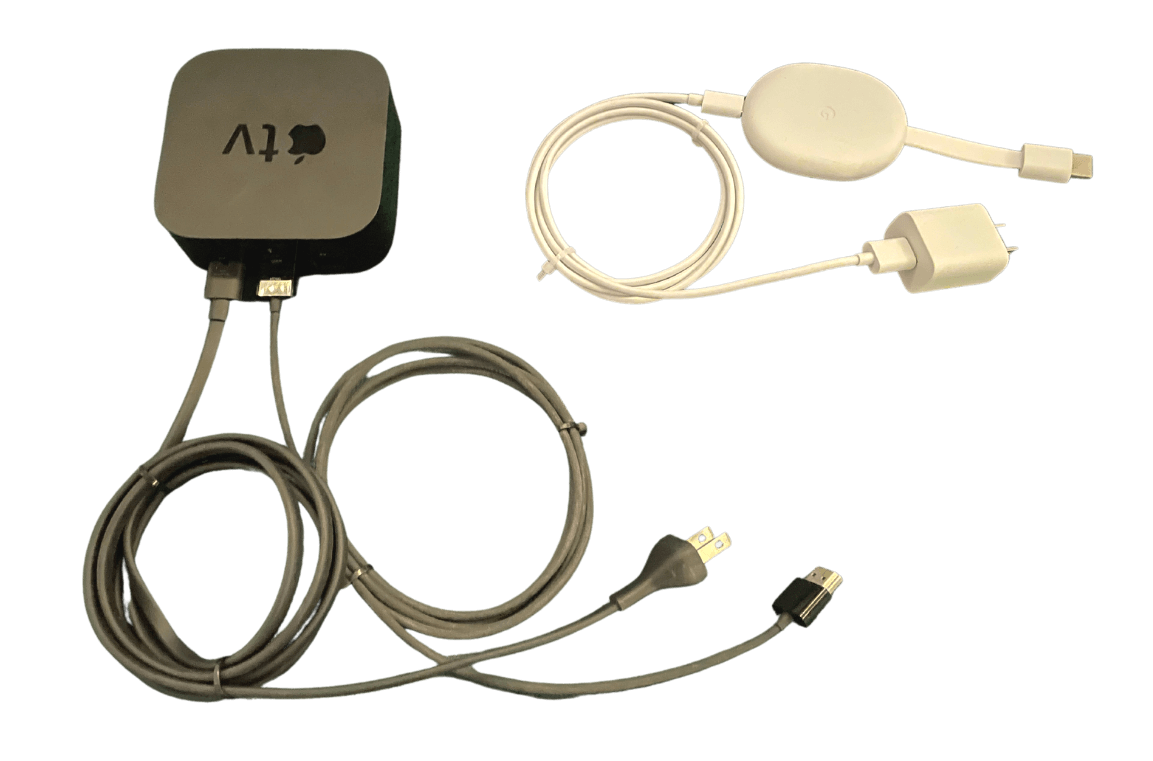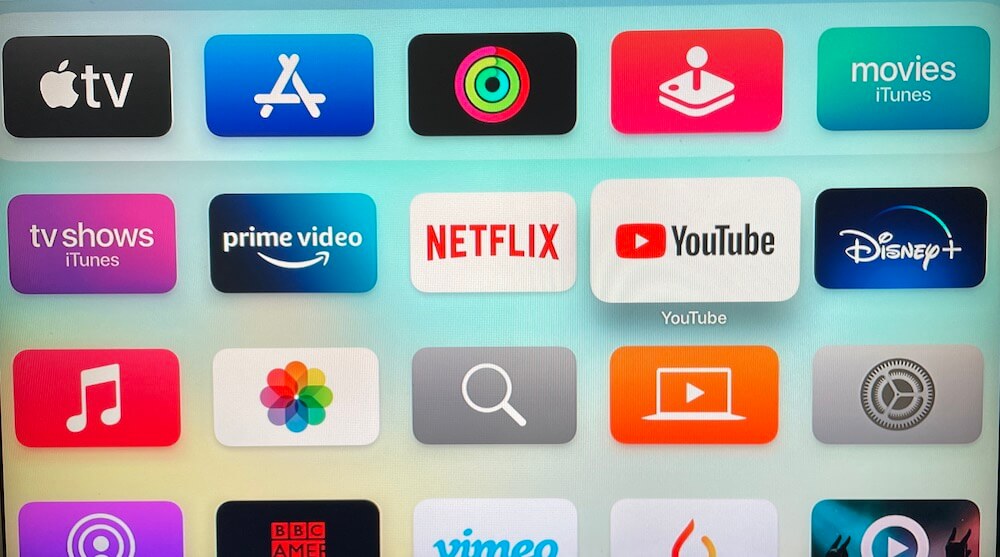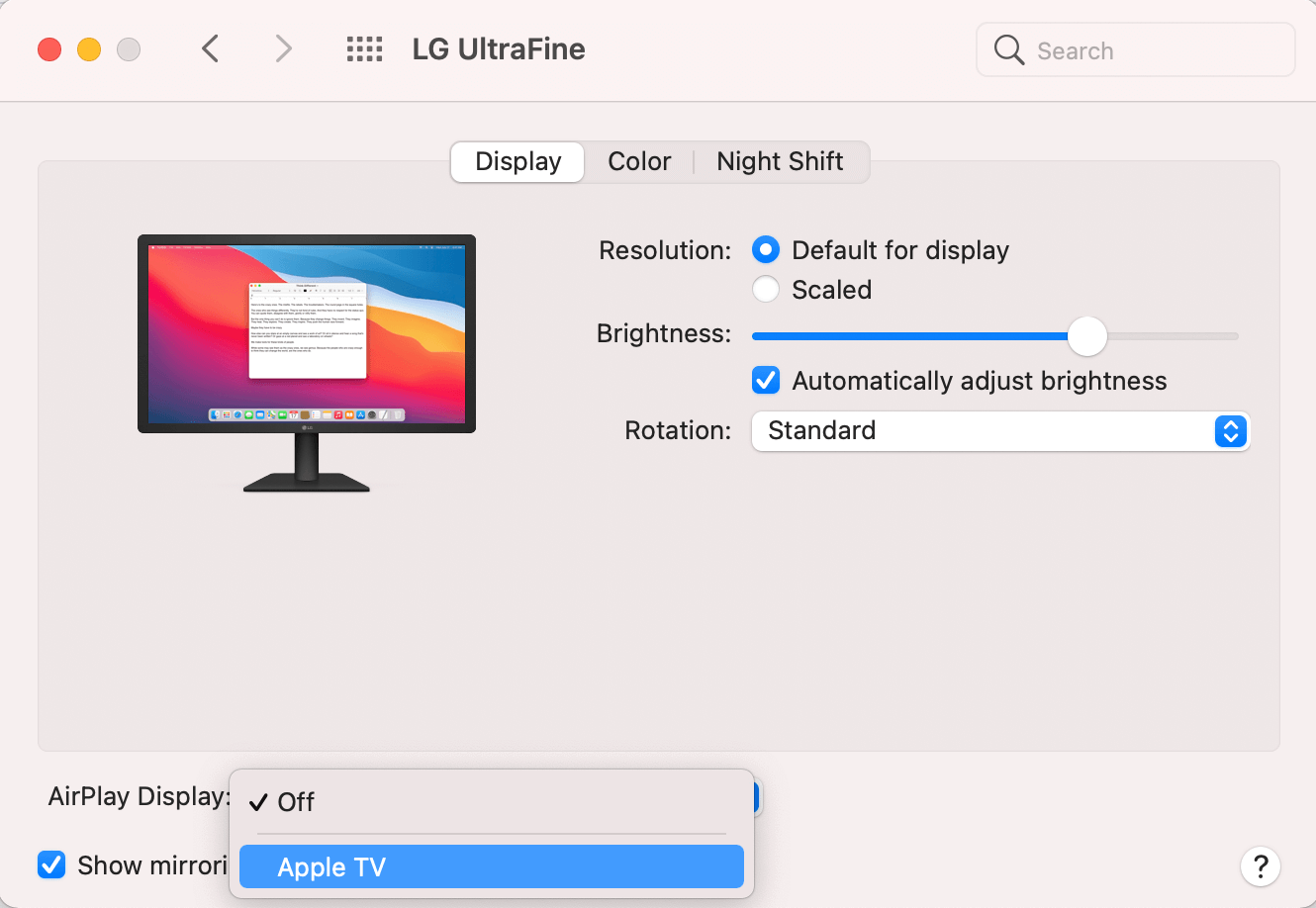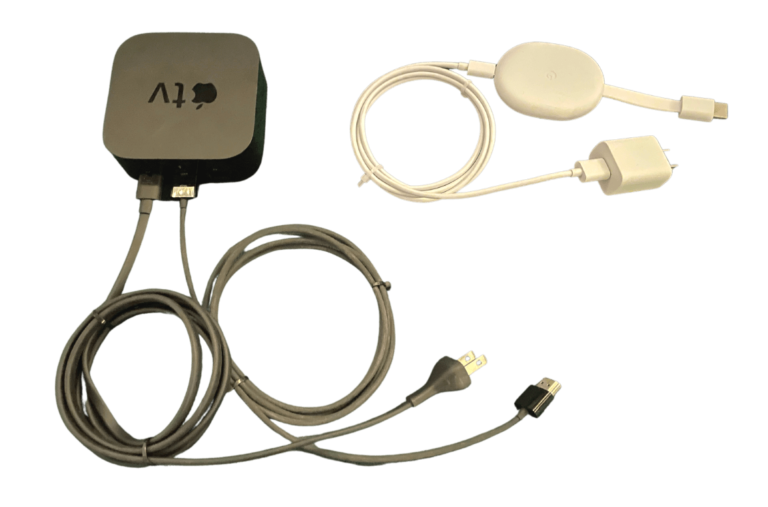With the ongoing move from cable TV to streaming, many people are trying to decide which device to connect to their TV—Apple TV or Chromecast with Google TV (think of Chromecast as the hardware and Google TV as the software).
In a business environment, it’s important for employees and visitors to be able to wirelessly display a presentation on a big screen in a meeting room.
Conceptually, Apple TV and Chromecast with Google TV are similar. They are both hardware devices with power in and HDMI out to a TV or to a monitor. The user interfaces have a lot in common. Both have a compact remote control. Both allow for connecting Bluetooth devices such as headsets, speakers, keyboards, and game controllers.
Apple TV 4k with ethernet costs $149.
4K Chromecast with Google TV costs $49.
However, these are just the prices of the razors. The real price for each is the ongoing cost for the different types of razor blades (streaming services) that you can subscribe to. More on those below.

Longevity
Apple TV first shipped as a standalone device in 2009. Chromecast with Google TV was announced at the end of 2020.
The decade-plus headstart for Apple TV does not appear to make much of a difference. Google seems to have caught up with Apple in a short amount of time.
Device Form Factors
Apple TV is designed to sit on a flat surface. If your TV is wall-mounted, Apple TV can be attached to the back of your TV or to the wall behind your TV with a third-party mounting system.
Apple TV has an 8-pin connector in the back for an optional hardwired ethernet connection. The dimensions of the current model Apple TV are 5.3 x 6.4 x 2.6 inches.
The hardware for Chromecast with Google TV hangs off of an HDMI port, which is normally located in the back of the TV or monitor. As such, Chromecast is invisible to those viewing content or playing games.
The top image above shows the relative shape and size of Apple TV and Chromecast.
Remote Controls
The Chromecast Voice Remote is compact and intuitive.
The Google Assistant button on the remote can be used to control other Google Nest home devices, such as speakers. Pressing the Assistant button is the equivalent of speaking “Hey, Google” to a Google Nest speaker or to any other Assistant-enabled device. So, you can, for example, speak into the Chromecast Voice Remote, “play jazz standards on living room speaker.”
The Chromecast remote uses two AAA batteries.
Apple TV ships with the Apple TV Siri Remote. Like the Chromecast remote, there’s a “press to speak” button. Apple’s remote has a trackpad, which takes a little getting used to.
The Siri Remote has a rechargeable battery. It is charged with the same Apple Lightning connector that is used to charge an iPhone or iPad.
The cost of a replacement Siri remote is in the $50 range. A replacement remote for Chromecast with Google TV is about $20.
User Interface
Both devices are primarily conduits for feeding streaming services into your television.
Since streaming service subscriptions represent revenue streams, both Apple and Google want to cross-sell services that you are not yet subscribed to.
They do this by using artificial intelligence to suggest shows and movies to you that you might be interested in based on what you’ve watched in the past.
The home screen on both devices has a large recommendation slider at the top. Under that are your apps.
A current difference between the two UIs is that Apple TV wraps your apps, whereas Google TV requires you to scroll right to see all of your apps.
Apple TV’s Wrapped Apps

Chromecast with Google TV: Tips & Tricks
Streaming Services
Google TV has over 30 streaming services.
One of Google TV’s streaming services is Google’s own YouTube TV. This is a replacement for basic cable TV service. The current cost is $64.99 per month. YouTube TV streams local TV stations. It also includes a cloud DVR with unlimited storage for recording content. Premium networks like Showtime can be added at a cost.
Similarly, Apple TV lets you connect to many different streaming services. Two services offered only by Apple are iTunes Movies and iTunes TV Shows.
Multiple Users
On both devices, streaming services such as Amazon Prime, Netflix, and HBOMax ask “who’s watching?” when they are launched. Each household member’s watch history and preferences are kept separate.
Switching Among YouTube Users
With Apple TV, it takes fewer taps of the remote to switch between YouTube accounts than it does with Google TV.
In the Apple TV YouTube app, you simply need to highlight and select the current user on the main YouTube screen. Then, select a different user.
In the Google TV YouTube app, you need to navigate to a sign-out slide-in screen in the app. You then need to sign out the currently signed-in user and sign back in as a different user. Note that a password is not required for signing back in as a different user into YouTube if that user is already signed into Google TV.
Mirroring Your Devices on Your TV
If you want to mirror content from your computer, tablet, or mobile device to your TV screen, both Apple TV and Google TV allow for this.

Google Cast lets you send and control content from a variety of devices to your TV. Devices include any computer with a Chrome browser; an Android device; a Google Home Hub; and certain iPhone apps. Casting is effectively cross-platform.
Apple’s equivalent is called AirPlay. AirPlay allows for mirroring content on macOS or iOS devices to Apple TV.

Gaming
GeForce NOW from NVIDIA and Steam Link are currently available as native gaming apps on Google TV.
To play games on Apple TV, you’ll need to subscribe to Apple Arcade, which costs $4.99 per month. There is a one-month free trial.
Game controllers such as the SteelSeries Nimbus+ Wireless Gaming Controller and the Sony PlayStation DUALSHOCK4 Wireless Controller will work with Apple TV.
Ambient/Idle Mode Display
What about the times you’re not watching anything in particular, but your TV is on?
Google TV provides several options for ambient mode:
- A slideshow from your Google photos
- Art gallery – images and artwork that Google curates
- Experimental
Apple TV’s default ambient mode is called Arial screensaver. It’s a slideshow of pictures from around the world.
Mac users can use Sharing under System Preferences to share photos with Apple TV’s screensaver mode.
Conclusion
It’s hard to go wrong with either device. It may come down to the question of whether your business or household is more committed to things Apple or things Google.
With multiple HDMI ports on today’s televisions and with multiple TVs in homes and businesses, some people are using both devices.


